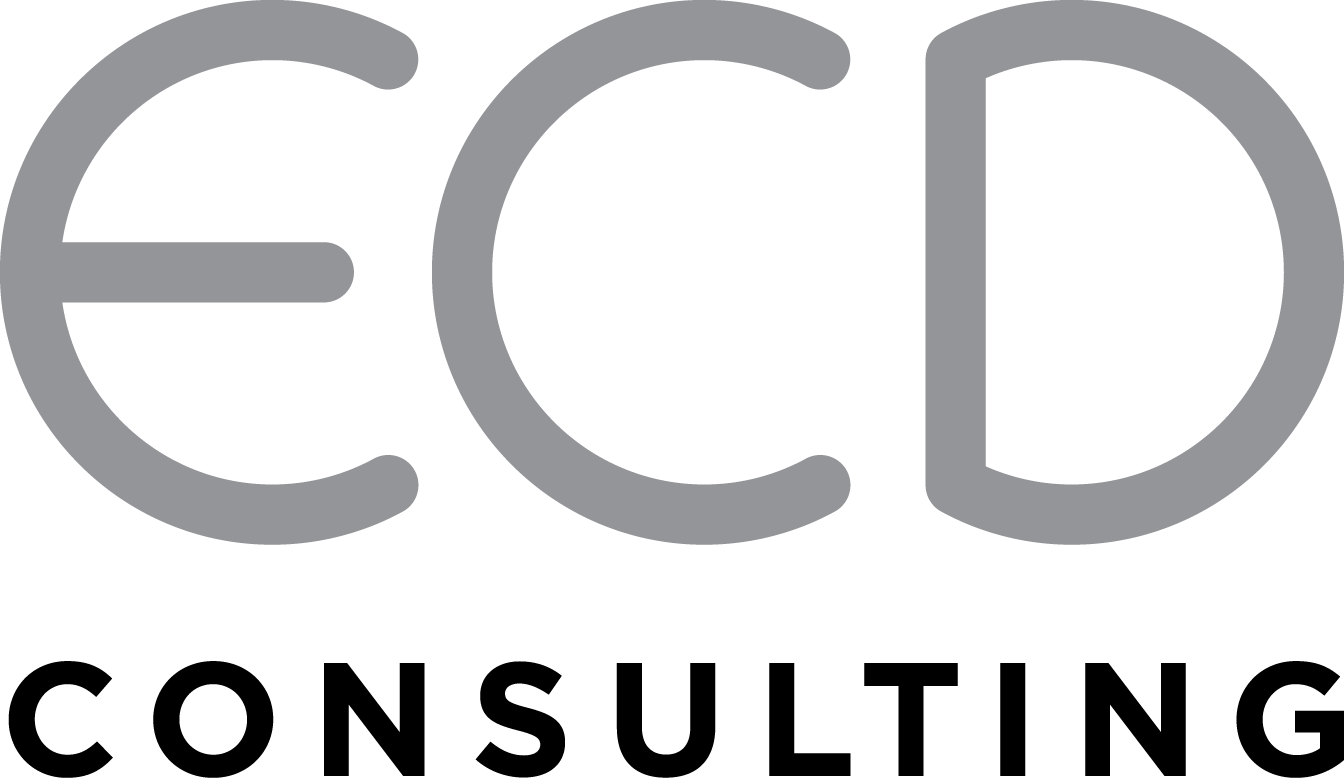“I don’t have a girlfriend but I do know a woman who would be mad at me for saying that.”
Perhaps the finest example of someone taking the meaning of one thing and turning it into another thing entirely is the late, great comedian, Mitch Hedberg, the man responsible for the above quote. His countless one-liners gave audiences great pleasure bringing to light ambiguities in life that are otherwise fairly straight forward. The fact that he was a drug addict is beside the point but may explain one of my favourites: “Is a hippopotamus a hippopotamus…or a really cool opotamus?”
So what does Mitch Hedberg have to do with the business of consulting? Assuredly nothing, but on occasion, I have a similar reaction to client needs as I do listening to Hedberg tapes: slightly disoriented, a little uncomfortable and wondering how many cocktails they had for breakfast.
Dealing with ambiguity is one of the defining characteristics of consulting and, in fact, the aspect of my job that I enjoy the most (which might explain my Hedberg fandom). In fact, the looser the brief, the more excited I am by the project that lies ahead because it signals to me that the client is looking for a true partner and not an order taker. That’s not to say getting a back-of-a-napkin brief is easy or always enjoyable. It’s kind of like being grabbed by the wrist and pulled into a dark room full of furniture, then hearing your client ask you for the way out. Over the years, I’ve found a few steps that have helped me find a torch.
1. Write a reverse brief. Write down what you thought you should have heard if the client had the time, inclination, or clarity of thought to explicitly explain his needs.
2. Once you’ve gotten the green light on your reverse brief, get to work on the proposal. The proposals that help you most in these situations rely heavily on posing the questions that your approach will address. Presenting a list of questions to a prospective client is tedious and usually boring, , but if you can get the head nod that these are in fact the questions that your project will address, you are more than half way there.
I acknowledge that the billing meter hasn’t started running yet but can attest that these two steps go a long way to resolving that ambiguous brief and save you countless hours and uncomfortable conversations on the back end.
Be prepared to be wrong too. Sometimes the client who doesn’t clearly articulate what they want doesn’t, in fact know what they want until you show them a few things that are unequivocally not it.
3. As clichéd as it sounds, craft a set of hypotheses. Do your homework and document what you think you are going to find in your research/analysis/naval gazing. Let the client look at these too. He’ll steer you away from any false hopes or misinformed presumptions.
4. Get on with the work. By this stage, the ambiguous should be clear and the path fairly linear to validating those hypotheses.
To say that business needs can be ambiguous is stating the obvious. But working in the grey zone does not always come naturally to clients and consultants alike. Clients – don’t settle for consultants who need thorough briefs and endless ramp-up time. Consultants – embrace the murkiness as your opportunity to demonstrate you have the platform and the resources to think critically and deliver solutions.
“I’m sick of following my dreams. I’m just going to ask them where they’re goin’, and hook up with them later.” (M Hedberg)


